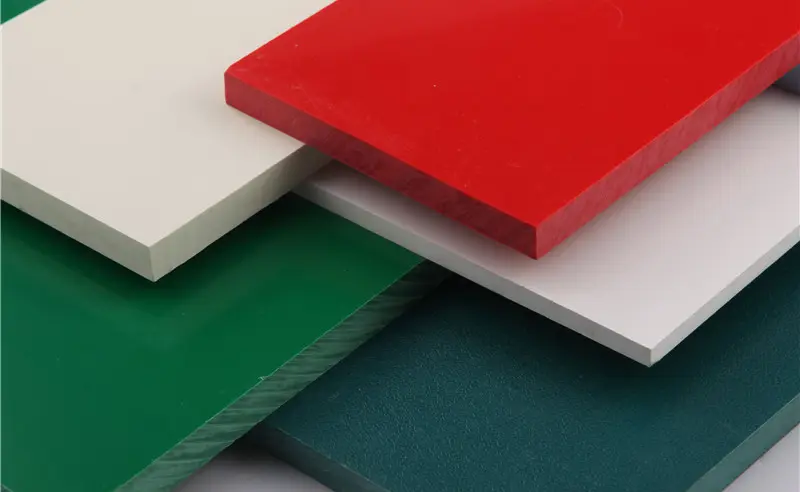ਅਕਤੂਃ . 07, 2024 02:31 Back to list
hdpe pipe
Understanding HDPE Pipes Applications, Benefits, and Properties
High-Density Polyethylene (HDPE) pipes have gained immense popularity in various industries due to their strength, flexibility, and resistance to a plethora of chemicals. These pipes are made from a thermoplastic polymer, which is derived from petroleum. HDPE is known for its durability and is used in a wide range of applications, from municipal water systems to industrial sewage lines. In this article, we will explore the applications, benefits, properties, and installation aspects of HDPE pipes.
Applications of HDPE Pipes
HDPE pipes serve a myriad of functions across different sectors. One of the primary applications includes the transportation of potable water. Thanks to their high resistance to corrosion and chemicals, HDPE pipes ensure that drinking water remains uncontaminated. Furthermore, they are ideal for large-scale irrigation systems, providing efficient water delivery to agricultural fields.
In the industrial sector, HDPE pipes are used to transport hazardous materials. Their excellent chemical resistance means they can handle substances that would corrode other types of pipes. Additionally, these pipes are employed in landfill and wastewater management, helping to manage leachate and effluent effectively.
The oil and gas industry also benefits from HDPE piping solutions. They are used for gathering lines in oil fields and as conduits for natural gas distribution. Their ability to withstand high pressure and various environmental conditions makes them an ideal choice for such demanding applications.
Benefits of HDPE Pipes
The popularity of HDPE pipes can be attributed to a wide array of benefits they offer. Firstly, they are lightweight compared to traditional materials like steel or concrete, which not only makes them easier to handle but also reduces transportation costs. The installation process is simplified due to the pipes' flexibility and ease of use, which can significantly cut down labor costs and project timelines.
HDPE pipes boast a long lifespan, often exceeding 50 years, with minimal need for maintenance. They are resistant to a range of environmental conditions, including temperature fluctuations and UV radiation. This ensures that they remain functional even in harsh climates.
Moreover, HDPE is a sustainable material. It is recyclable and can be reused, aligning with growing environmental concerns and regulations. Using HDPE pipes contributes to reduced carbon footprints and promotes sustainable development in infrastructure.
hdpe pipe

Physical Properties of HDPE Pipes
HDPE pipes possess unique physical properties that set them apart from other materials. They are known for their high tensile strength, allowing them to withstand substantial pressure without deforming. Their flexibility aids in the installation process, especially in bending or curved environments.
Another key property is their resistance to impact and abrasion. They can endure the rigors of construction and operational environments without significant wear and tear. These pipes are also resistant to biofilm growth, which reduces the risk of contamination in water systems.
Moreover, HDPE pipes offer excellent flow characteristics. The smooth interior surface allows for superior fluid flow, minimizing friction and energy costs compared to rougher pipe materials.
Installation and Maintenance
The installation of HDPE pipes can be achieved through various methods, including fusion welding, which creates a homogeneous bond between pipe sections, ensuring leak-free joints. This process is essential for maintaining integrity over long spans, particularly in high-pressure applications. Other methods include mechanical fittings and electrofusion, which offer flexibility depending on the specific installation requirements.
Maintenance of HDPE pipes is minimal due to their inherent durability and resistance to corrosion and degradation. Regular inspections can help identify any potential issues early, but proactive maintenance is often limited. This feature significantly lowers long-term operational costs for municipalities and industries alike.
Conclusion
In summary, HDPE pipes offer a range of applications and benefits that make them a superior choice for many fluid transportation needs. With their robust physical properties, ease of installation, and sustainability, HDPE pipes are well-suited to meet the demands of modern infrastructure. As industries continue to focus on efficiency and environmental responsibility, the use of HDPE pipes is likely to grow, reinforcing their importance in contemporary engineering solutions.
-
Premium Glossy PP Rigid Sheet – Durable & Versatile
NewsAug.07,2025
-
High-Quality HDPE Sheet | Durable Plastic Panels
NewsAug.06,2025
-
High-Precision PVC Rigid Sheets for Vacuum Forming | AI-Optimized
NewsAug.05,2025
-
Durable PVC-M Water Supply Pipes | 60-Year Life
NewsAug.04,2025
-
Premium HDPE Water Supply Pipes: Durable & Leak-Proof
NewsAug.03,2025
-
Premium PVC-M Water Supply Pipe - Durable & Efficient
NewsAug.02,2025

